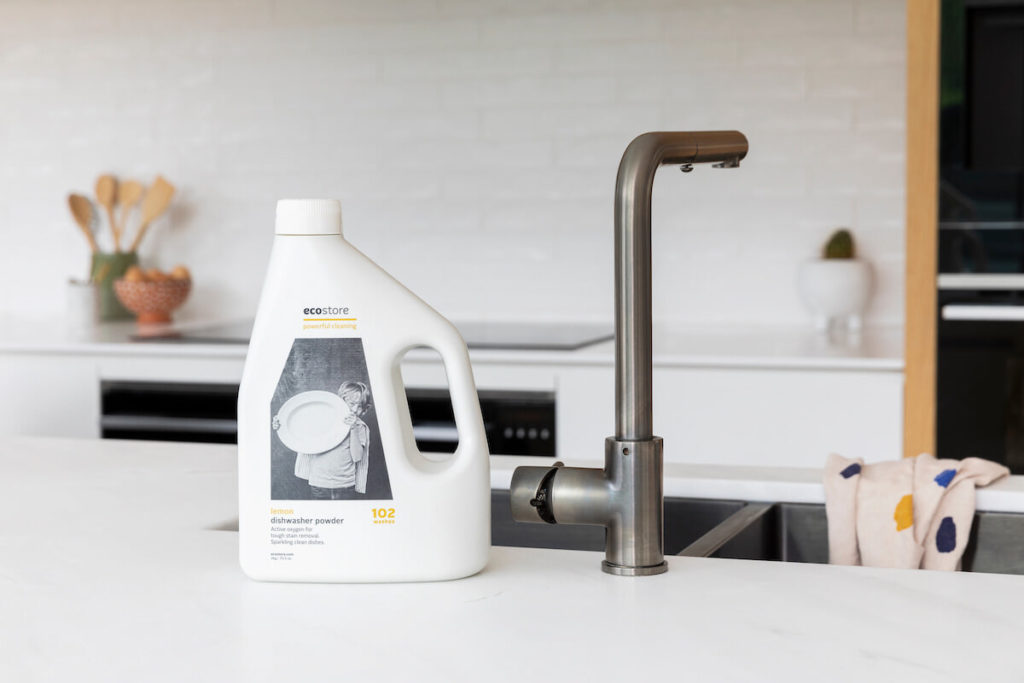Since the invention of the dishwasher in 1850, there’s been a debate about who does the dishes better – humans or machines. Now, with that early prototype, the answer was pretty obvious. But what about now? To some of us, the automatic dishwasher is an environmental no-no, an expensive luxury or merely unnecessary. But is it actually better for us and the planet to use a dishwasher than to wash-up by hand?
RISE OF THE (DISHWASHING) MACHINES
According to most research, modern dishwashers are faster, more hygienic and go easier on the environment than washing by hand – even if you can use just one sink-full of water for a whole family’s dishes. Dishwashers have become far cheaper to run, and more efficient users of water and energy too. To use less water and wash the equivalent number of dishes as a single load of a full size dishwasher, you’d need to wash eight full place settings, without running the tap for longer than two minutes.
When it comes to hygiene, who comes out on top? Dishwashers can spray highly targeted water jets upwards of 60°C at the dishes, something our human hands can’t (and shouldn’t) handle. Even the most thorough pot washer with asbestos hands, can’t better the bacteria busting power of a 60-65˚C dishwasher cycle combined with automatic dishwasher powder.
PRE-RINSE OR NOT?
But surely we still need to give dishwashers a helping hand by giving dishes a quick pre-rinse? It seems the worst approach in terms of energy and water is pre-washing dishes under a hot running tap and then putting them in an ancient, inefficient dishwasher.
Many modern ones have soil sensors that wash more or less, depending on how dirty your dishes are. Simply scraping food scraps or dried on bits off plates is enough, as long as you choose a detergent made specially for automatic dishwashers.
In fact, pre-washing dishes could be wasting just one household more than 22,000 litres of water a year. Not to mention the electricity or gas needed to heat that water. EECA spokesperson Dr Marcos Pelenur also advises, “If you own a dishwasher, wait until it’s fully loaded to run it – and put it on ‘eco’ wash setting, if available.”
And if you’re looking to replace or start using a dishwasher, there’s even better news. Since EECA dishwasher sales and efficiency data began in 2002, dishwashers have become far more energy efficient – falling from an average annual energy consumption of 369 down to 241 kilowatt hours. And the percentage of 4 star or higher rated models available has gone in the other direction, from zero in 2002 to 25% in 2020.
AM I SUNK, USING A SINK?
Of course, all this relies on actually having a dishwasher. Which costs money, and requires space. Then there’s the considerable energy and resources consumed in its manufacture and transport. You might also be renting, with a landlord that won’t be persuaded to fork over the cash for new appliances.
Bearing this in mind, using the sink still has its eco-benefits. So how do you make washing dishes in the sink as resource efficient and hygienic as possible? The best answer may be using the two-basin method. First scrape off food into the compost or rubbish bin. If you have two sinks, fill the biggest one with hot water and a few squirts of plant-based dishwashing liquid, and the smaller one with hot, non-soapy water. If you only have one sink, use a plastic tub on your bench.
Soak dirty dishes in the soapy water for a couple of minutes before scrubbing, starting with less dirty dishes like glassware and ending with pots and bakeware. Rinse items in the clean water and dry them on a dishrack where air can circulate. You should only need to use a teatowel on anything that might spot or rust.
SAVING THE MOST PRECIOUS RESOURCE – TIME
Still need a nudge to let the machine take over? The American Energy Star programme worked out that handing over your daily dish duties to the ‘expert’ can give you back around 230 hours, or almost 10 days a year. So what will you do with all your newly found spare time and efficiently conserved energy? Plant a garden? Visit a friend? Read those books piling up on your nightstand…
DISHWASHER STACKING DONE RIGHT
We talked to our R & D team and they had a few tips for making your dishwasher even more efficient.
- Put cups, glasses, and small bowls on the top rack, but don’t overcrowd them, to reduce the chance of breakage and prevent obstruction of water flow. Dishwasher-safe plastics sit on the top rack, away from heating elements.
- Big stuff – like platters, and (dishwasher-safe) chopping boards – goes on the bottom rack toward the back and sides so they don’t block the spray. Cooking dishes and pots go facedown near the bottom spray arm.
- Place forks and spoons, handle ends down in the cutlery basket. Except for sharp knives – point the blades down so they don’t skewer the poor person doing the unloading. Mix cutlery types up so they don’t ‘nest’ together.
- When it’s finished, empty the bottom rack first, to prevent water that’s collected on the concave surfaces of dishes in the top rack spilling onto the dishes below.
- Hand wash wood, brass, ancient family heirlooms and anything with gilt edges, as these can be damaged by the dishwasher’s heat and detergents.
